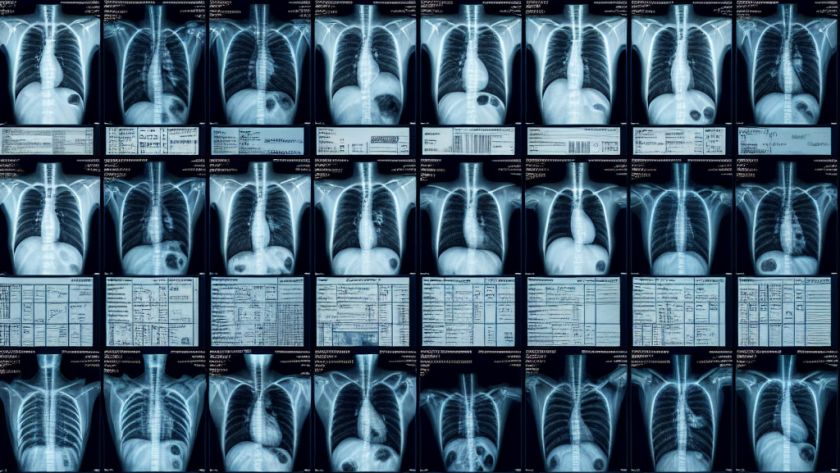Large Language Models (LLMs) have made advancements in several sectors such as chatbots and content creation but struggle with extensive computational cost and time required for real-time applications. While various methods have attempted to resolve this, they are often not context-aware and result in inefficient acceptance rates of draft tokens.
To address this, researchers from…












